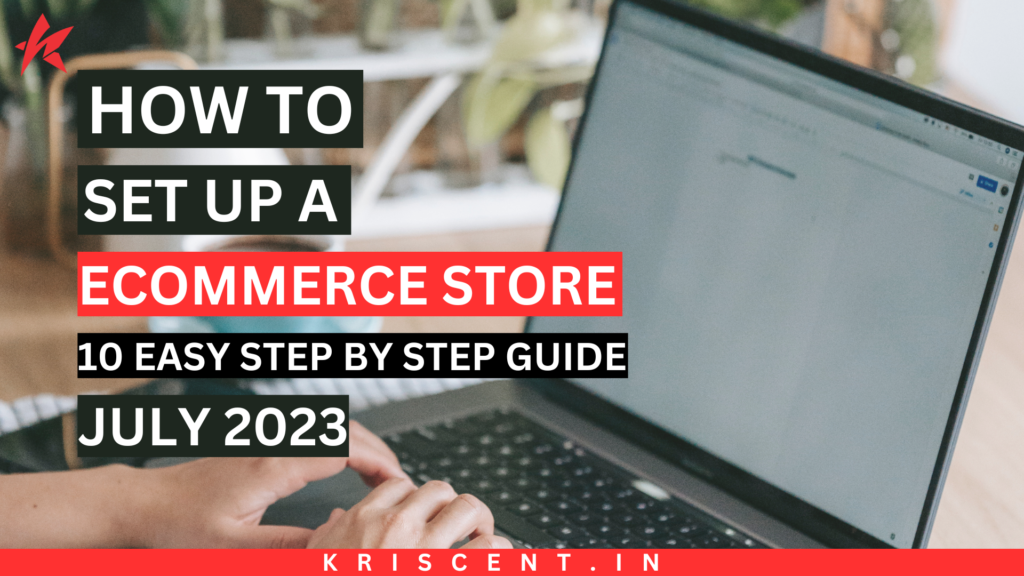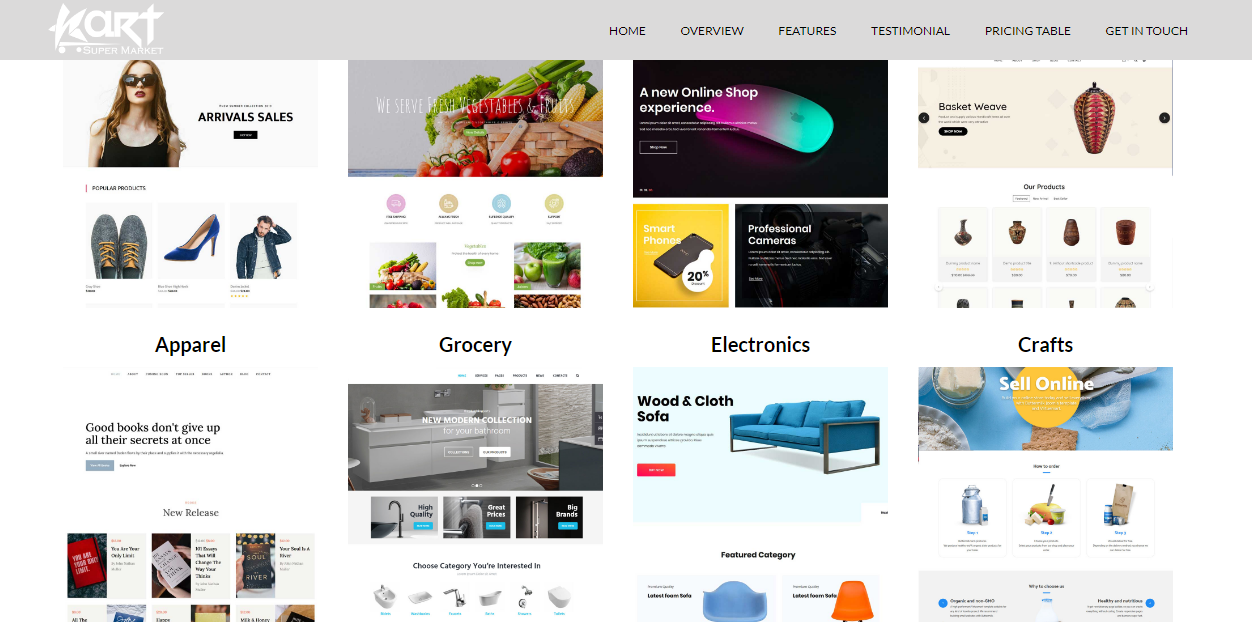
Introduction:
In today’s digital age, starting an ecommerce store has become easier than ever before. With the right tools, resources, and strategy, you can set up your online business and reach a global customer base.
A step-by-step Guide:
- Define your product or niche
- Create a business plan
- choose write ecommerce platform
- Register a domain name and setup hosting
- Design and customize your store
- Add products and setup payment gateways
- Optimize your store for search engines
- Implement marketing strategies
- Provide excellent customer support
- Monitor analyze and adapt.
Step 1: Define your product or niche:
The first step in starting an ecommerce store is to identify your product or niche. Conduct market research to understand the demand and competition for your chosen product. It’s essential to choose a product that you are passionate about and has the potential to generate sales.
Step 2: Create a Business Plan:
A business plan is crucial for outlining your goals, target audience, marketing strategies, and financial projections. Determine your pricing structure, shipping methods, and any unique selling propositions that set your store apart from competitors. A well-thought-out business plan will help guide your decisions as you progress.
Step 3: Choose the Right Ecommerce Platform:
Selecting the right ecommerce platform is vital for your store’s success. There are many ecommerce platform that are available in the market, but it would be more efficient and result oriented to get a custom one built for you or buying a premade theme optimized for your ecommerce store only. Considering factors such as ease of use, customization options, payment gateways, and inventory management when making your choice.
Step 4: Register a Domain Name and Set Up Hosting:
Choose a domain name that is catchy, easy to remember, and relevant to your business. Register the domain name and set up hosting with a reliable provider. Look for hosting options that offer good uptime, fast loading speeds, and excellent customer support.
Step 5: Design and Customize Your Store:
Once you have chosen your ecommerce platform, it’s time to design and customize your store. Select a theme or template that aligns with your brand image and provides a seamless user experience. Customize the design elements, such as colors, fonts, and logo, to match your brand identity.
Step 6: Add Products and Set Up Payment Gateway:
Add your products to your store, including compelling product descriptions and high-quality images. Ensure your product categories and navigation are intuitive for visitors to find what they’re looking for easily. Set up a secure and reliable payment gateway to facilitate smooth transactions.
Having difficulty doing by yourself?
Step 7: Optimize Your Store for Search Engines:
Implement basic search engine optimization (SEO) techniques to improve your store’s visibility in search engine results.
Research relevant keywords, optimize your product descriptions and meta tags, and ensure your site structure is search engine friendly. This will help attract organic traffic to your store.
Step 8: Implement Marketing Strategies:
To drive traffic and generate sales, develop a comprehensive marketing strategy. Utilize a mix of digital marketing techniques such as social media marketing, content marketing, email marketing, and influencer collaborations. Leverage social media platforms to engage with your target audience and build brand awareness.
Step 9: Provide Excellent Customer Support:
Delivering exceptional customer support is crucial for maintaining a positive reputation and fostering customer loyalty. Offer multiple channels for customer inquiries and ensure prompt and helpful responses. Implement a system for handling returns, exchanges, and refunds efficiently.
Step 10: Monitor, Analyze, and Adapt:
Continuously monitor your store’s performance using analytics tools. Track metrics such as website traffic, conversion rates, customer acquisition costs, and average order value. Use these insights to identify areas for improvement, refine your marketing strategies, and optimize your store for better results.
Conclusion:
Starting an ecommerce store has become more accessible with the right tools and strategies. By following this step-by-step guide, you can lay a solid foundation for your online business.
Remember that building a successful ecommerce store takes time, effort, and ongoing optimization. Stay adaptable, listen to your customers, and keep innovating to stay ahead in the competitive ecommerce landscape.
Good luck with your ecommerce venture!



